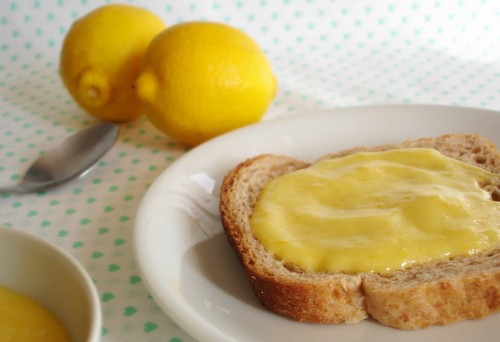Culture
The Hipster’s Cookbook: Improvised Ingredients

I spent last weekend camping at a car race with some friends, and we brought a lot of useful food-related things with us, such as: granola bars, beer, eggs, bacon, hamburgers, sausages, bananas, bread, a grill, paper plates and plastic forks. Because I was not driving the car, I spent the time when I wasn’t wearing a headset and pretending to be important making sure that everyone else was fed. And at breakfast time, that meant eggs. The problem with that, as I’m sure you’ll have guessed, is that eggs can’t go straight on the grill or they will fall through. Fortunately, we found a foil baking pan among our things (I’m not sure where it came from; we did not buy it while grocery shopping), so the problem was partially remedied. The other half of the dilemma was that eggs tend to stick to even the non-stickiest of surfaces, and we did not have cooking spray among our many useful supplies. Solution: cook bacon in the pan first, then fry eggs in bacon grease. This was great because then the eggs didn’t stick to the pan, and they tasted like bacon. I’m going to assume that this is why people eat bacon and eggs together as an inseparable pair. It’s brilliant.
I’m telling you this story because you are not always going to have everything you need in your kitchen, and if you’re cooking somewhere other than your own kitchen, you’re even less likely to be well-equipped. There will be ingredients and utensils that are too expensive or that you won’t use often enough to justify buying. There will be friends whose only cooking supplies are a fork and half a set of measuring cups. These situations mean learning how to improvise. Some of this will become easier as you spend more time cooking and learn how different foods taste and function together, and what happens when you cook them in different ways. If you know that bacon produces a lot of grease when fried, you know that you can fry something else in that grease. Other times, you’ll have to get creative with utensils or lack thereof. An empty beer bottle is actually pretty functional as a rolling pin.
A double boiler is one of those things that is pretty useful, but never seems absolutely necessary when you’re trying to decide whether to purchase one. They’re good for melting chocolate without direct heat and for making custards and other things that can overcook easily. I don’t have one, so I create one by stacking two cookie cutters inside a saucepan and placing a metal bowl on top. I imagine you could also use a metal cup or smaller bowl (Not plastic!) if you don’t have cookie cutters. My favorite thing that requires a double boiler is lemon curd, which is probably most familiar to you as the topping for lemon bars, but can also be found in various other desserts and is delicious as an alternative to jam on toast.
—–
Lemon Curd
3 eggs
3 egg yolks
1 scant cup sugar
¾ cup freshly squeezed lemon juice (You can use bottled lemon juice, but freshly squeezed will taste a million times better.)
6 tablespoons (3 oz) cold unsalted butter
1) Fill a large bowl halfway with ice and water and set aside. Fill the bottom of a double boiler (or a saucepan with a bowl on top) with water and bring to rolling boil. Make sure that the water is at least 2 inches below the top portion of the double boiler.
2) Place the eggs, egg yolks, and sugar into the top of the double boiler (off the heat) and whisk until blended. Add the lemon juice and mix well.
3) Reduce the heat until the water is at a gentle boil. Place the egg mixture over the water and cook, whisking constantly but leisurely, and scraping the edges frequently so the eggs don’t scramble there, until the curd is very thick. This should take about 7 minutes. A finished curd will hold its shape; if you lift the whisk and drop a bit of curd back into the bowl, it should remain distinct on the surface rather than blending back into the mixture. If you have a thermometer, it will register about 180 degrees, but it’s better to focus on the consistency than the exact temperature. Do not let the curd boil or you will be eating lemon flavored scrambled eggs.
4) Transfer the curd to a medium bowl. If you feel like you might have some scrambled egg bits in your curd, you can use a spatula to push it through a strainer and leave the egg behind. Add the cold butter pieces to the curd, burying them so they melt quickly. Wait 1 minute, then whisk until the butter is completely melted and blended with the curd. Press a piece of plastic wrap directly on the surface of the curd, then set the medium bowl in the large bowl of ice water. Once the curd has completely cooled, you can use it immediately or store it in the refrigerator until needed.
[…] preceded by a narrative, in which she reflects on personal cooking experiences and offers tips on improvising ingredients, buying produce and tackling daunting concoctions. Reading The Hipster’s Cookbook is like […]